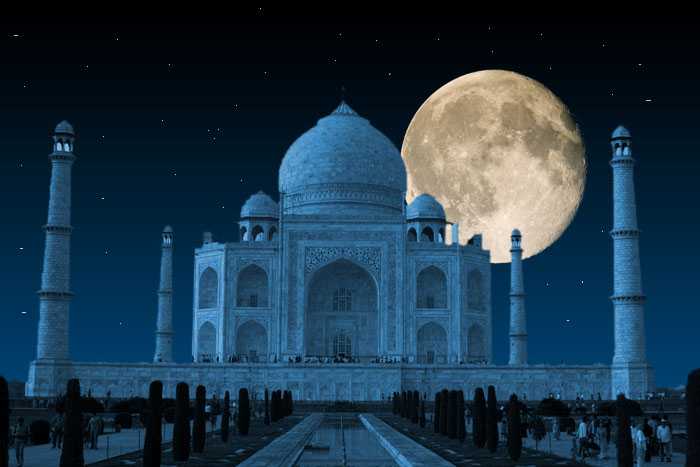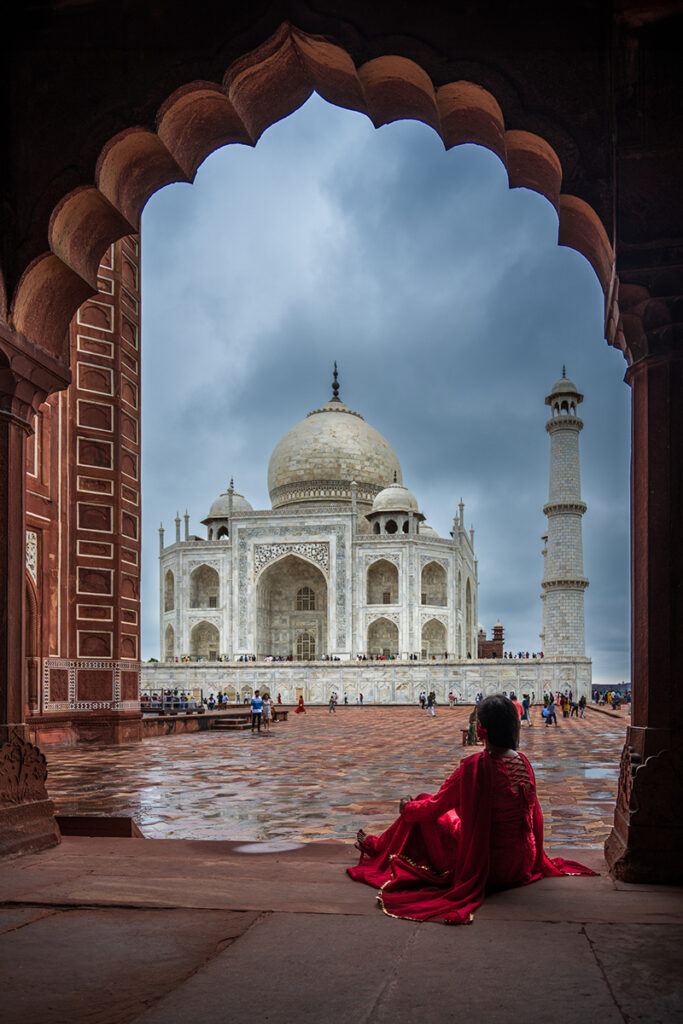The Taj Mahal: An Architectural Marvel Steeped in History
India boasts a rich tapestry of architectural wonders, but none capture the imagination quite like the Taj Mahal. This ivory-white marble mausoleum in Agra, India, is a timeless monument to love and a UNESCO World Heritage Site.
A Love Story Etched in Stone
The Taj Mahal's history is as captivating as its beauty. Built by Mughal emperor Shah Jahan in the 17th century, it enshrines the tomb of his third wife, Mumtaz Mahal. Legend has it that upon her death, the emperor vowed to create a monument that would rival the heavens in its splendor. The result is the Taj Mahal, a masterpiece of Mughal architecture, blending influences from Persian, Islamic and Indian styles.
A Journey Through Exquisite Design
Every detail of the Taj Mahal is a testament to its architectural brilliance. The symmetrical layout, intricate carvings, and delicate pietra dura (inlay work) create a mesmerizing visual symphony. The reflecting pool in front perfectly mirrors the monument, enhancing its ethereal beauty.
Planning Your Visit
The Taj Mahal is a must-visit for any traveler to India. Taj Mahal tickets can be purchased online or at the entrance. The monument is open daily from sunrise to sunset, with Fridays closed for prayer.
Exploring Beyond the Taj
While the Taj Mahal is the crown jewel, Agra offers other architectural gems. Fatehpur Sikri, a UNESCO World Heritage Site, was once the short-lived capital of the Mughal Empire. Its red sandstone buildings and intricate details offer a glimpse into Mughal grandeur.
Unveiling the Taj Mahal's Secrets
This comprehensive resource provides insights, travel tips, and stunning visuals to help you plan your unforgettable visit to this architectural marvel.



Comments
Post a Comment